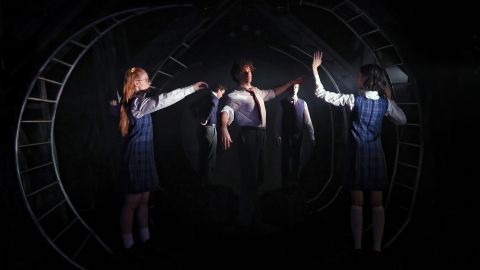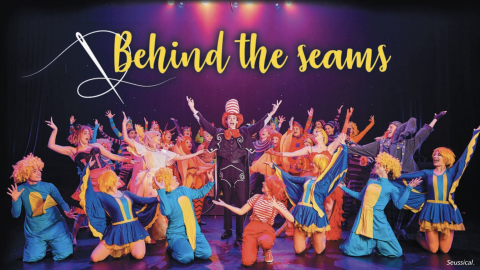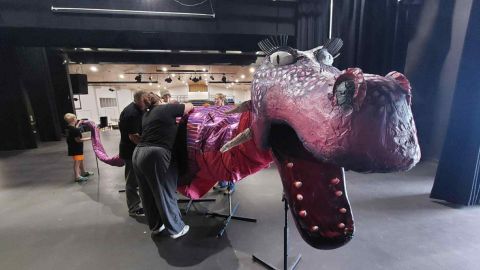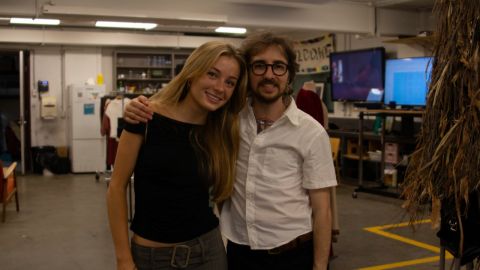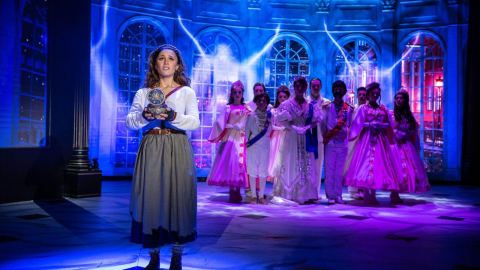The Brief History of a Fake Cigarette
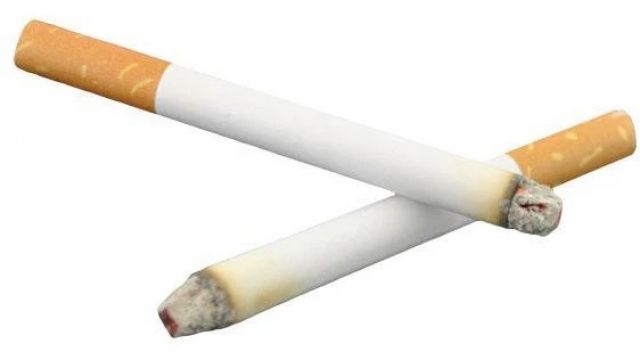
Can one prop alter the mood of a play? Director and writer Jacinta Sciusco believes it can, in the right hands.
Stagecraft is a vital thing. It can add or detract from a play. The messy, untameable wig; the fake but delicious looking burger; the unbalanced theatre flat; props aim to bring realism to the stage.
A favourite prop of mine made its debut on the stage of a University theatre, where the seats were slightly uncomfortable, but the performance made up for it.
The fake red glow of a cigarette prop captures the eyes of the audience under the stage lights. It’s a quiet moment. Even the audience, sitting shoulder to shoulder in the small black space, feel the frozen energy of the scene. The actor holds the prop between their fingers. This has been rehearsed so many times that even the cigarette knows its cues. Stay still, get picked up, dialogue, dialogue response, someone takes a drag. A beat is taken as the character sucks in a quiet breath, lips pursed and ready to bring the cigarette to their waiting mouth.
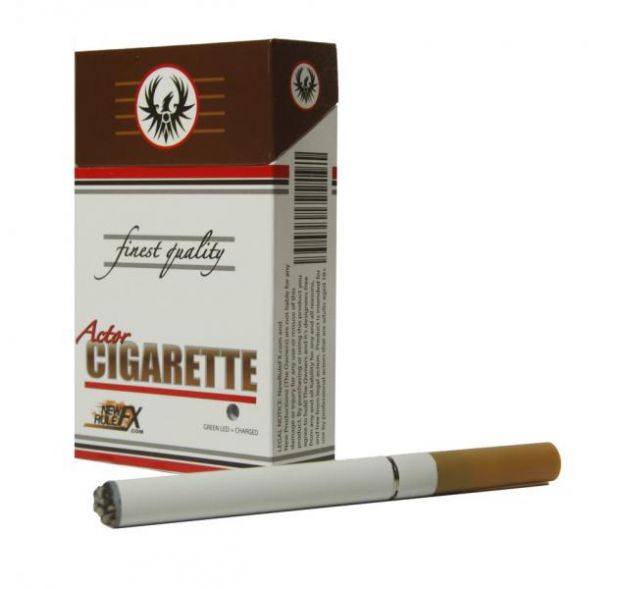
It was easy for this cigarette to rocket to fame. It enjoyed a stunning role in the Moat Festival (2019) production of The Drag - inspired by the life and plays of Mae West, adapted and directed by Cole McKenna.
The old, forgotten Facebook event reads: “A party in the 1920s is our window into the lives of New Yorkers and newlyweds Roland and Claire. The play delves into a world of decadence and ruptured mundanity, exploring strained relationships and the pain that comes with having to hide who you are.”
Like many plays at La Trobe Student Theatre, The Drag explored serious topics, centred around LGBTQ+ rights in the 1920s. It’s no question then that Menzies Theatre housed a meaningful exploration of hiding and emerging, and smoking was a way for characters in The Drag to support conflict and conversations with one another.
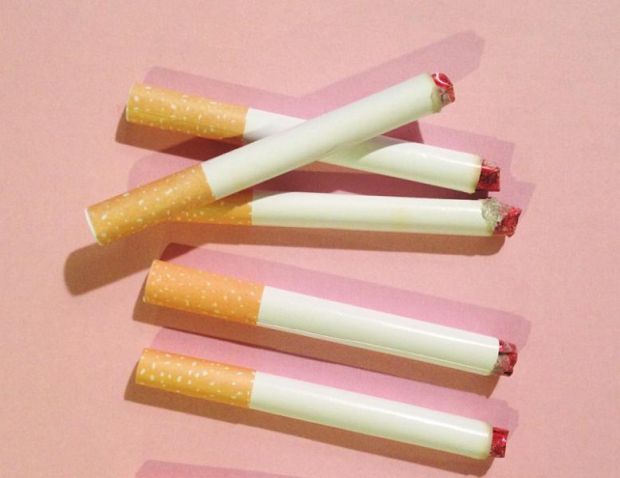
Rolly, a married and closeted homosexual man finds a place where he is accepted and free to be himself amongst his gay friends. The cigarette is held by a beautifully dressed drag queen, who holds it up towards her lips throughout the heated discussion. The sequinned glow of her red dress and her bright red lipstick complement the fake flame. She takes a drag. The cigarette plays its role, providing the queen with ease and calm.
The first time I saw it, I was freshly graduated, in my first year of Uni, and astonished at the props, sets, and costumes stored away in the Union Building of La Trobe University. The drama department of my small-town high school, great as it was, couldn’t compare. The array of painted set designs, props from sunglasses to plastic flowers, costume pieces belonging to clowns and businessmen; they all waited there, perched in their places, as if standing silent in the wings of a theatre for the moment they could finally take a step into the light.
In a comedic play about a crash-landed plane, where three vacationers and a pilot get stranded on an island, the cigarette was passed between Elliot and Corbin, childhood friends who never quite grew up. Under the warm lights of the Menzies Theatre, it brought laughter to a crowd of strangers who would, in the years to follow, become dear friends.
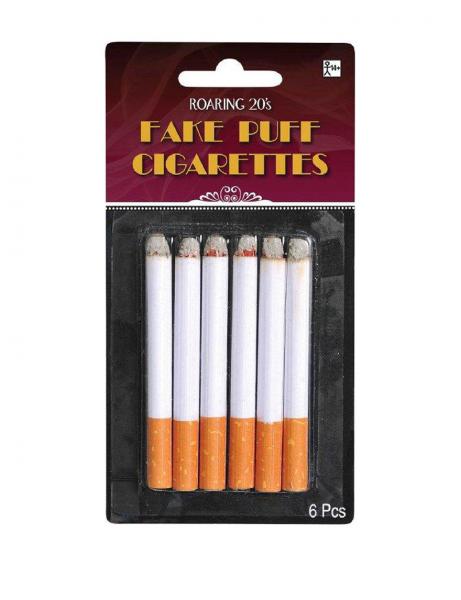
Next, my first time directing one of my plays. Any working creative knows how it usually goes; doubt while writing it, crippling doubt while rehearsing it, and at the end of closing night, the embarrassment of your dear work being perceived. It was an intergenerational commentary on society, culture, and the state of the world, called X and Above. The cigarette was in each rehearsal, each bump in and bump out, always waiting but always ready. Picture a nine to five bank employee, drained to the point of exhaustion, desperately huffing a cigarette during break time.
From opening to closing night, the cigarette had registered the warmth of lights on its surface at the same hour for a week. It had known what it was like to be held, to be placed at arm’s length, and greeted warmly when needed. And as it rested in the still storage room, it began to collect dust. It’s foil flame no longer shone so brightly. It didn’t move in months.
Unbeknown to the cigarette, it had many siblings scattered under chairs, behind theatre flats, stuck in tiny crevices, long forgotten, and misplaced between bump ins and bump outs. They sit, to this day, waiting to be found, amongst the growing dust of a vacant and distant life.

Passed from fingertips to fingertips, characters take drags to feel like they can breathe. Sometimes they take puffs to look cool at a party. Sometimes they light up before dropping life-changing news onto those they love. But mostly, they pass the prop between friends, bonding, and they enjoy their time together with one another. And though these cigarettes get misplaced, forever lost, and badly broken, it is in these moments that the audience will remember the shining red glow crystallised in the scene, until the next performance.
Jacinta Sciusco is a third-year creative arts student at La Trobe University, where she studies theatre and writing. She's a long-time member of the student theatre community where she writes, directs, and acts in plays and performances.
Image from the 24 Hour Play Project in 2019. Photo taken by Kat Carrington at Student Theatre.

